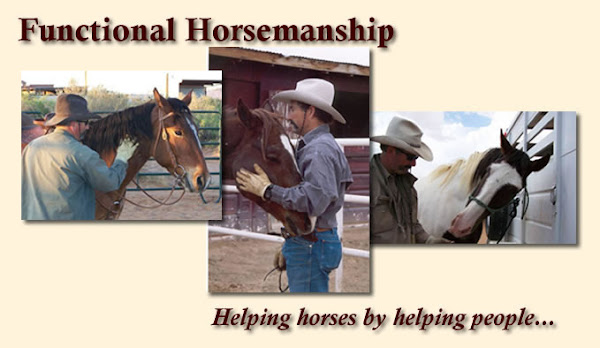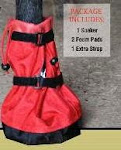I received the following from Steve in Walla Walla which is in Washington State
"I read a article in Western Horseman magazine on backcounty tools. Good article and was wondering what you recommend carrying on the trail. Steve from Walla Walla."
Steve thanks for your question. I understand their are some pretty good horses up in your part of country, which was a long time ago part of the Nez Perce or Palouse Nation,...correct me if I am wrong. I am also thinking that there was a Territorial Prison in Walla Walla,...maybe I'm wrong.
Anyway, to answer your question. I also read the excellent article in Western Horseman written by Ryan T. Bell. I believe the gist of the article was indispensable tools for going into the backcountry implying trips of multiple days. Ryan Bell advocated carrying a fencing tool, a camp hachet, a folding knife, a multi-tool (Gerber or Leatherman type) and a outfitter's saw. Which are all good choices.
I think the environment where you going is going to determine to a great extent what you need. I have no use for a hachet or outfitters saw in the desert and even in the pinon scrub and pine trees in the mountains.
Your question kinda implied trail riding, which is different (to me) than heading into the back country. Each and every time I head out even for short distances, I have the following items with me:
Rain Slicker. Even though we only get about 8 inches of rain a year a rain slicker is more than just a rain poncho. I can sack my horse or other horses out on a rider untying and putting on a slicker. If I get a sudden hail storm, I can use it to protect my horse's head - did that a time or two. It can also become a expedient blanket as well.
I carry an old combo tool like a shoe puller with slotted ends on the handle in case I have to pull a shoe. I carry a mini fencing plier with me also in case I have to go through a fence then fix it, or to cut away wire if one of the horse's gets caught up in some wire we didn't see.
I carry a good set of Leupold 8x42 powder river binoculars.
There is always some antiseptic wound powder, wound bandage, vet wrap and the absorbent end of a women's tampon in a vaccum packed bag in case I have to treat cactus thorn punctures or cuts and abrasions out in the field - also done that a time or two.
I carry a Hoof Wrap in case I get a sole puncture or have to take off a shoe. These Hoof Wraps are fold up ballistic type nylon and velcro hoof boots with a rubber type pad. You'll see a picture on one on the left side of this site. These come from the manufacturer with a size 2 or so pad which I trim to my biggest footed horse, which is a size 1, so it's a universal fit. These Hoof Wraps lay flat and are lightweight. Great trail kit.
I also carry a small canvas bag with some long and short Chicago screws and leather string in case I have to make field repairs to my or someone else's tack.
I am always carrying a fixed blade knife with a blade length of 3 to 4 inches. And almost always am packing a handgun and/or saddle rifle.
It is always a good idea to also carry a cell phone in case you get into trouble. And don't forget the water, even if you are going for just a few hours
Safe Journey Steve.


















